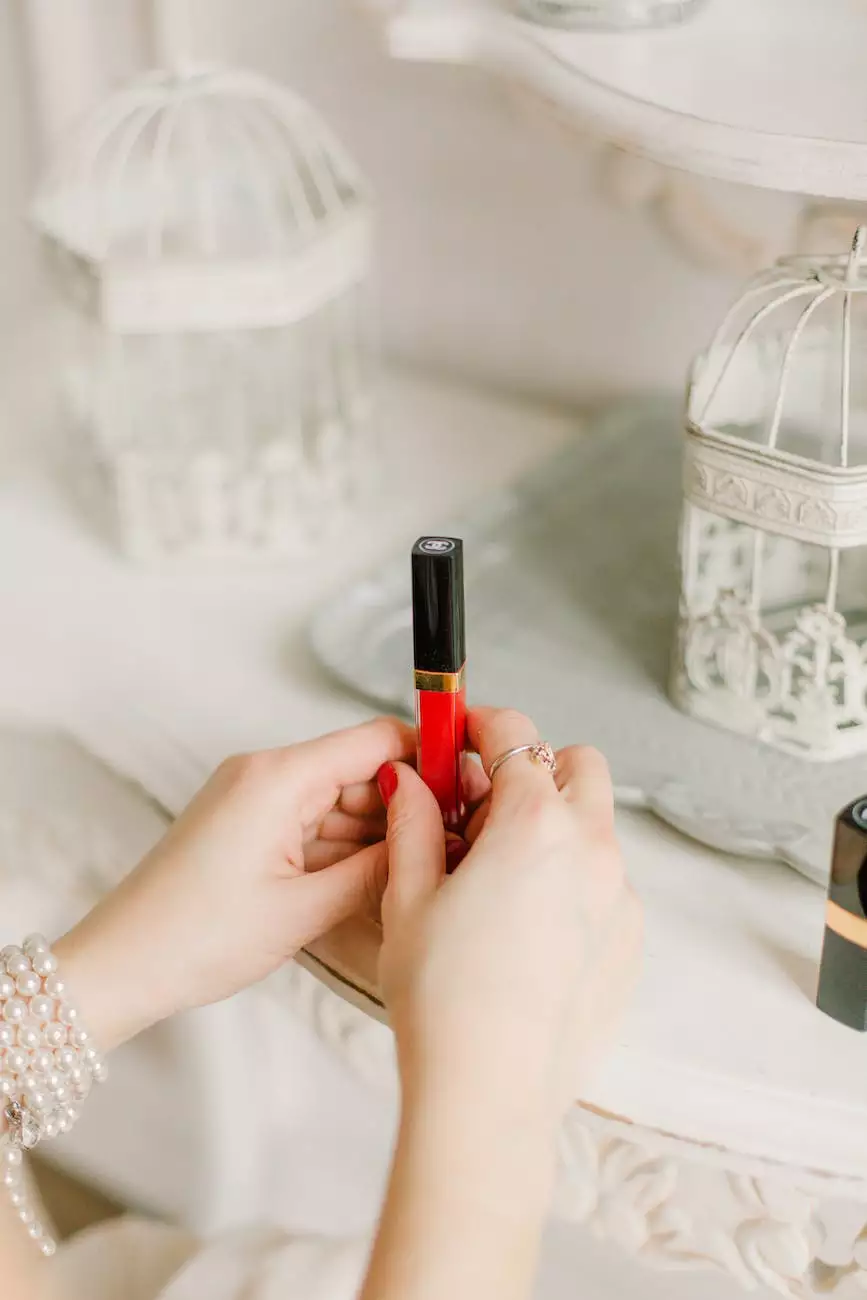Exploring Vascular Medicine: Blood Pooling in Extremities

Introduction
In the field of vascular medicine, one common condition that patients often face is blood pooling in extremities. This refers to the accumulation of blood in the arms, legs, or other extremities, leading to discomfort, pain, and potential complications. At Vein Center of Arizona, our team of experienced doctors specialized in vascular medicine is dedicated to diagnosing and treating this condition effectively. In this article, we will discuss the causes, symptoms, and treatment options available for blood pooling in extremities.
Understanding Blood Pooling in Extremities
Blood pooling in extremities, also known as venous insufficiency, occurs when the valves in the veins fail to function properly, causing blood to accumulate in the affected areas. This can lead to a range of symptoms, including swelling, heaviness, pain, and even potential skin changes such as discoloration or ulcers.
Causes of Blood Pooling
There are several factors that contribute to the development of blood pooling in extremities. Some of the common causes include:
- Sedentary Lifestyle: Lack of physical activity can impair proper blood circulation, leading to pooling.
- Varicose Veins: Damaged or weakened vein walls can result in blood accumulating in the affected veins.
- Deep Vein Thrombosis (DVT): Blood clots can obstruct normal blood flow, leading to pooling.
- Pregnancy: Hormonal changes and increased pressure on the veins during pregnancy can contribute to blood pooling.
- Genetic Predisposition: Some individuals may have a genetic predisposition to venous insufficiency.
Identifying Symptoms
Recognizing the symptoms of blood pooling in extremities is crucial for early detection and timely treatment. Some common signs to watch out for include:
- Swelling in the affected area
- Heavy or achy feeling in the legs or arms
- Pain or tenderness
- Visible varicose or spider veins
- Changes in skin color, texture, or temperature
- Open sores or ulcers
Treatment Options
When it comes to treating blood pooling in extremities, the team of doctors at Vein Center of Arizona offers a range of effective options tailored to each patient's specific needs. Some common treatment methods include:
1. Compression Therapy
Compression therapy involves using specially designed stockings or wraps to apply gentle pressure on the affected area, improving circulation and reducing swelling.
2. Sclerotherapy
Sclerotherapy is a minimally invasive procedure where a solution is injected into the affected veins, causing them to collapse and redirect blood flow to healthier veins.
3. Endovenous Laser Treatment (EVLT)
EVLT utilizes laser technology to effectively close off problematic veins, allowing blood to reroute through healthier veins and relieving the symptoms of blood pooling.
4. Ambulatory Phlebectomy
Ambulatory phlebectomy is a surgical procedure performed under local anesthesia to remove varicose veins through small incisions. This helps alleviate symptoms and improve overall blood flow.
Prevention and Lifestyle Changes
While proper medical treatment is essential, making certain lifestyle changes can also contribute to preventing blood pooling in extremities. Some recommendations include:
- Maintain a healthy weight through regular exercise and a balanced diet
- Avoid prolonged periods of sitting or standing
- Elevate the legs or arms periodically to encourage blood flow
- Wear compression stockings as prescribed by your doctor
- Quit smoking, as smoking can impair circulation
Consult the Vascular Medicine Experts
At Vein Center of Arizona, our team of experienced doctors specializing in vascular medicine is dedicated to providing the highest quality care to patients dealing with blood pooling in extremities. We understand the discomfort and potential complications associated with this condition, and we strive to develop personalized treatment plans that address each patient's unique needs.
If you or a loved one is experiencing symptoms of blood pooling in extremities, we encourage you to schedule a consultation with our experienced doctors. Don't let this condition hinder your day-to-day life – take a proactive step towards better vascular health today.










